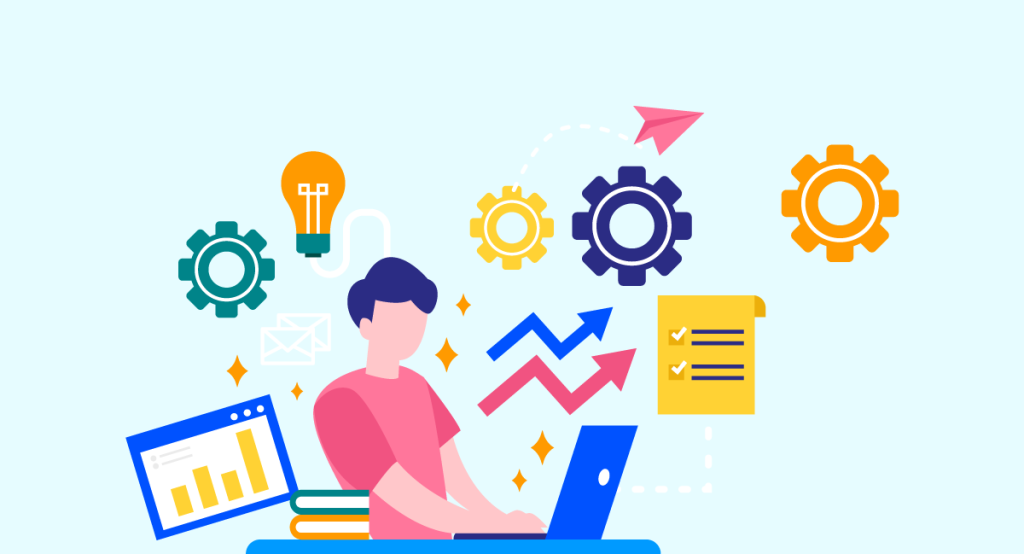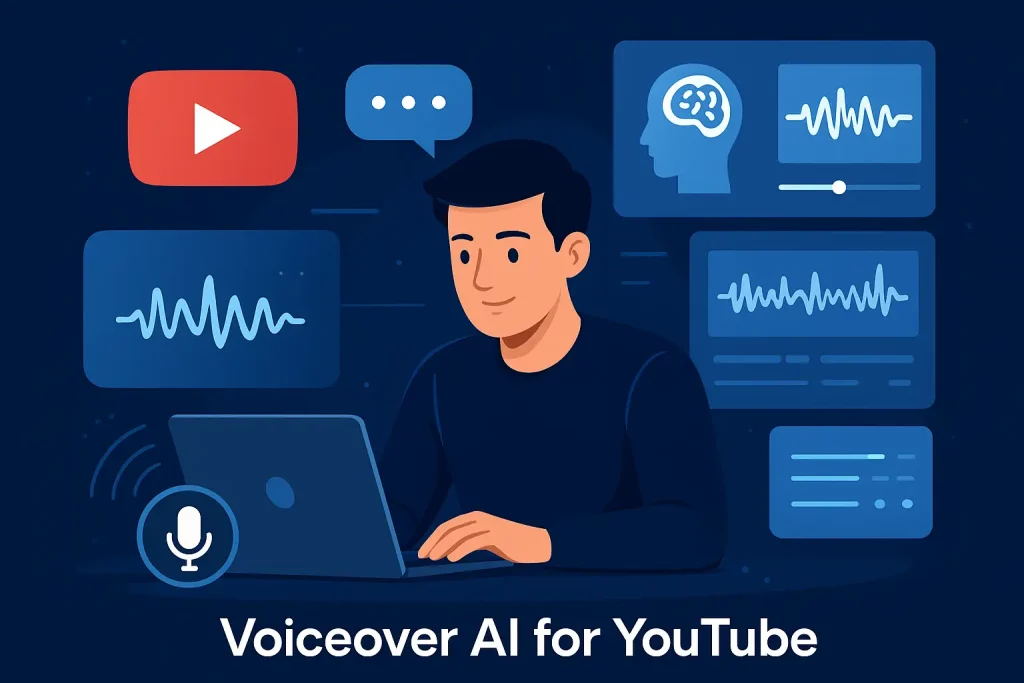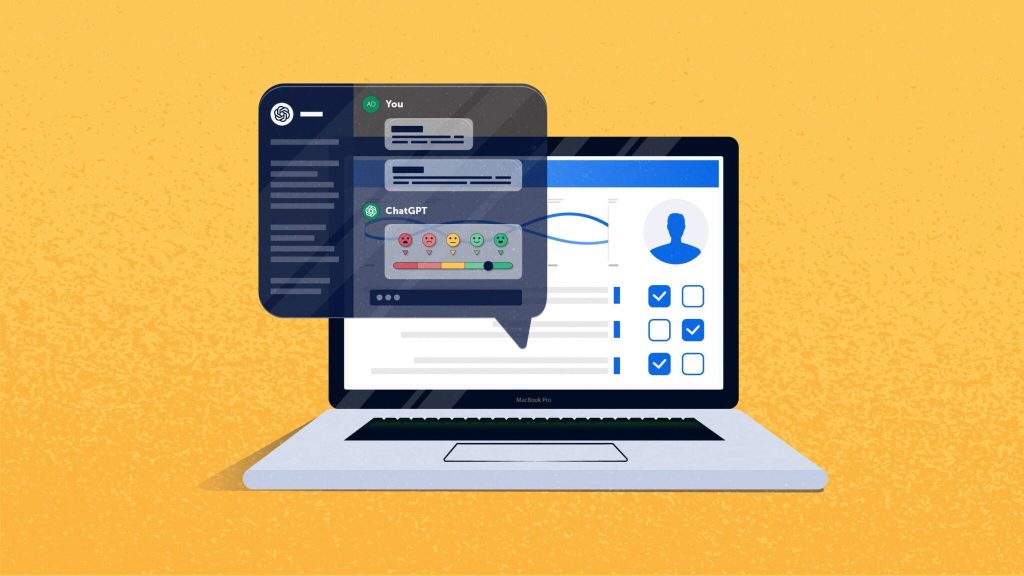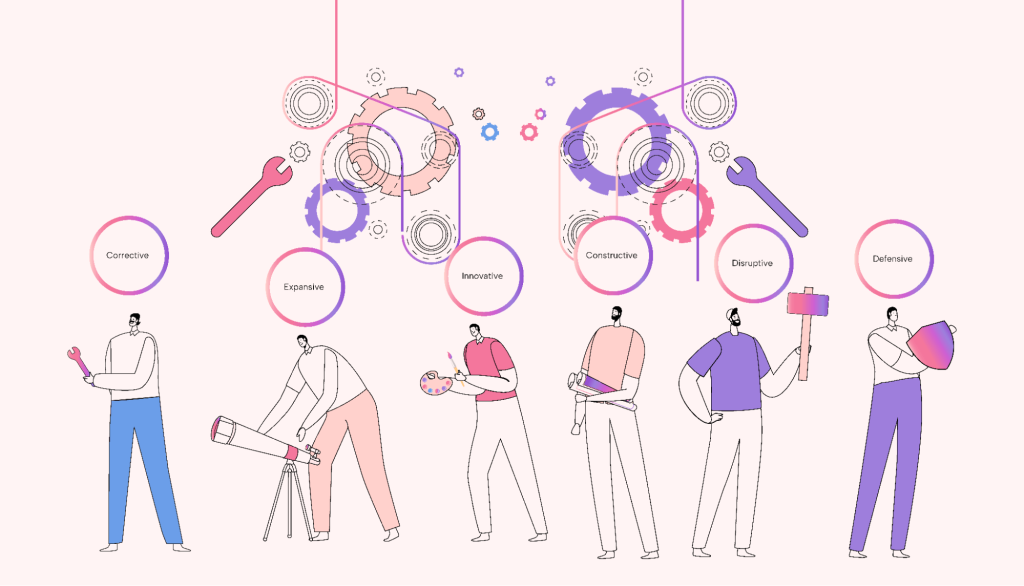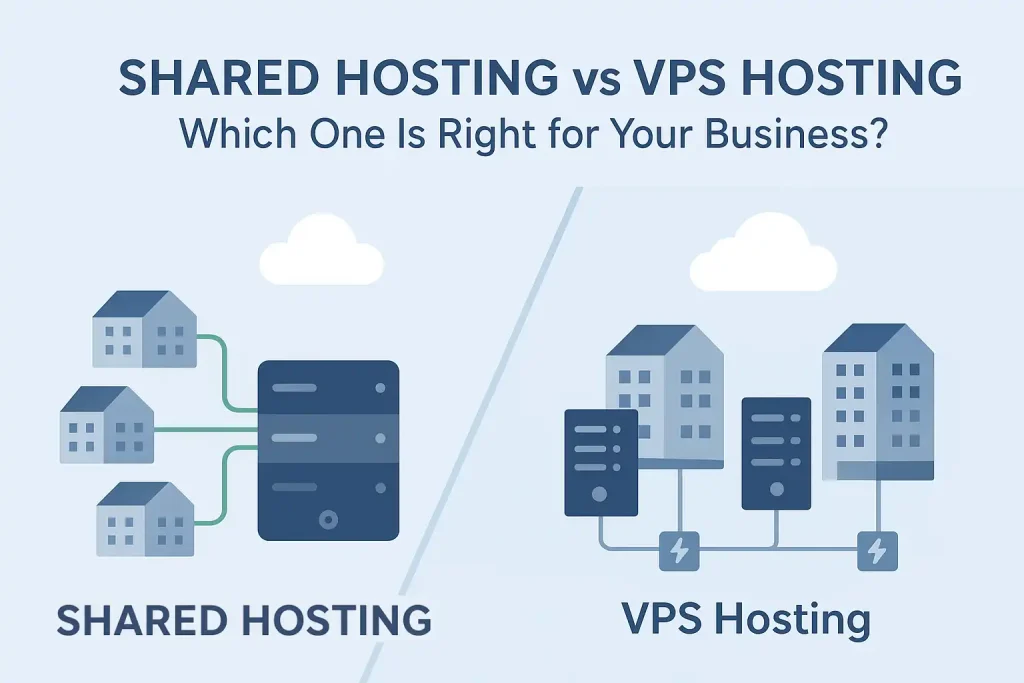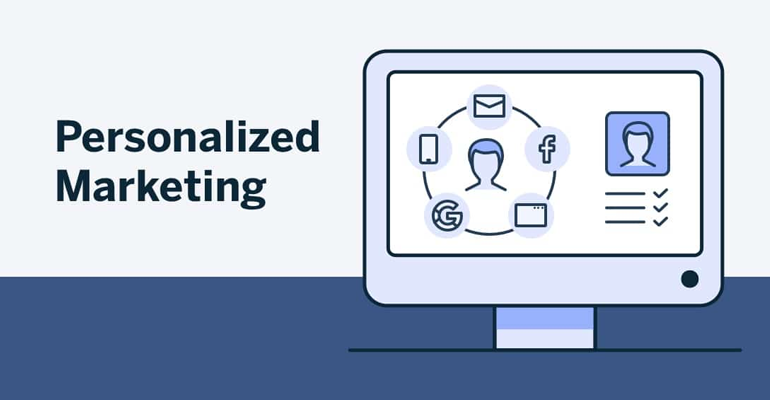Project management has always been about balance—balancing deadlines, resources, communication, and expectations. Yet in today’s fast-paced, digital-first environment, even the most experienced managers often find themselves drowning in endless updates, fragmented tools, and constant task-switching. The result? Delays, stress, and a never-ending struggle to keep teams aligned.
This is where artificial intelligence (AI) is reshaping the future of project execution. Far beyond being just another productivity buzzword, AI introduces practical solutions to long-standing challenges in planning, coordination, and reporting. By automating repetitive tasks, providing real-time insights, and predicting project risks, AI allows managers to focus on what truly matters—guiding teams toward successful outcomes.
In this guide, we’ll explore how AI transforms the day-to-day experience of project managers. From streamlining task creation to simplifying communication and generating instant progress reports, you’ll see how AI moves project execution from a state of chaos to one of clarity.
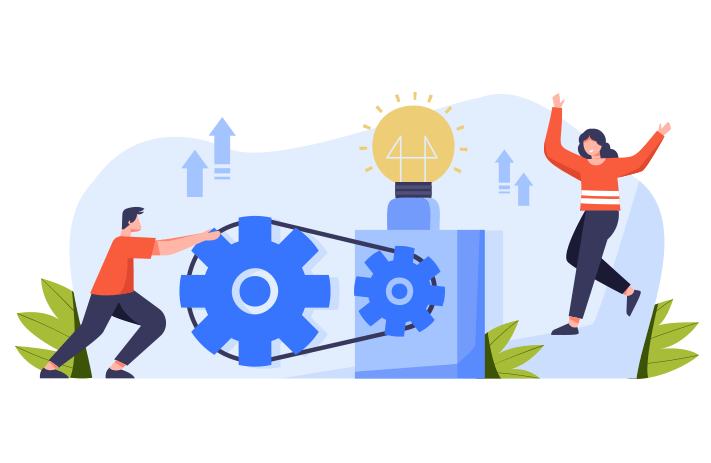
The Reality of Modern Project Management
Project work today is more complex than ever. Teams are distributed across time zones. Stakeholders expect faster results. Product scopes change mid-stream. As a result, project managers spend a large portion of their time on coordination, reporting, and firefighting instead of on strategic leadership.
A few concrete realities to keep in mind:
Hybrid and flexible work models are now the norm. The Project Management Institute’s 2024 Pulse report shows the industry is shifting away from office-centric models; success depends less on a single methodology and more on choosing the right approach for your team and context.
Many projects still struggle to meet time, budget, and scope goals. Broad industry tracking (Standish/CHAOS–style data) shows only a minority of large projects finish on time, on budget, and with full scope; a substantial share end up challenged or cancelled. Small projects tend to do much better, but large, complex efforts remain high-risk.
People spend a lot of time “working about work.” Studies find status reporting, coordination, and meetings take a big slice of a project manager’s week, reducing the time available for planning, coaching, and risk mitigation. For many PMOs, reporting is a top daily activity.
Tool and information sprawl increase hidden complexity. Teams now juggle multiple collaboration and point tools; switching between them costs time and attention and creates blind spots. As organizations add AI and new apps, that sprawl can multiply unless intentionally managed.
Why this matters: complexity plus fragmentation equals lower visibility and slower decisions. When PMs don’t have clean, timely views of scope, risk, and progress, they can’t steer projects proactively. Instead, they react — and that is costly.
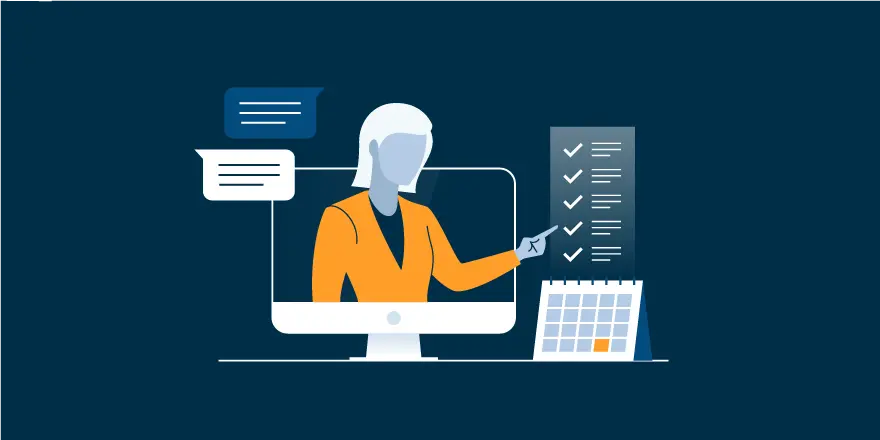
The Hidden Tax of Traditional Project Management
Traditional project management processes carry costs you rarely see on a P&L. These are the “hidden taxes” that quietly reduce throughput, inflate budgets, and slow time to value.
1. Time tax — status, admin, and meetings
Generating status reports, updating spreadsheets, chasing approvals, and running long syncs eats hours every week. A meaningful share of PM time is spent on these repetitive tasks rather than on removing blockers or improving delivery. That lost time compounds across teams and projects.
2. Context-switching tax — productivity leakage
Every additional tool or communication channel forces context switching. Research and practitioner reports show that bouncing between apps — and between asynchronous and synchronous communication — fragments attention and increases error rates. The time cost isn’t just minutes per switch; there’s a cognitive recovery cost that lowers deep work capacity.
3. Decision latency tax — slow approvals and stale data
When data is scattered across spreadsheets, chat threads, and siloed tools, decisions wait for someone to consolidate information. That delay raises the chance of rework, missed windows, and conservative choices that reduce innovation. Large programs with poor transparency often show wasted spend and delayed benefits because of decision latency.
4. Risk tax — unspotted issues become expensive
If early warning signs (resource conflicts, risk exposures, schedule slippage) are buried in email or manual trackers, they surface late. Late detection raises mitigation cost and sometimes forces scope cuts or cancellation — both expensive outcomes. Historical project studies repeatedly find late-stage trouble leads to the highest overruns and failure rates.
5. Opportunity tax — slowed innovation and lower morale
Teams bogged down in admin and firefighting have less capacity to experiment, improve processes, or adopt better practices. Over time, that drains morale and raises staff turnover — another hidden cost that hits delivery continuity and institutional knowledge.
Practical takeaway
Traditional PM practices still work — but only when paired with modern ways of reducing the hidden taxes: automated reporting, integrated tools (so context switching is minimized), clear single sources of truth, and AI that handles repetitive coordination work. In the next sections we’ll look at concrete AI features that cut these taxes and 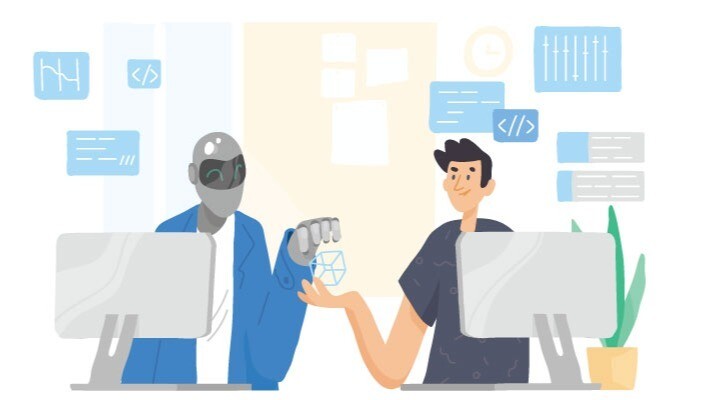 move teams from constant reaction to steady momentum.
move teams from constant reaction to steady momentum.
How AI Transforms Project Execution
Artificial intelligence is not replacing project managers — it is augmenting them. Where traditional tools demand manual updates, copy-paste reporting, and constant oversight, AI-powered execution systems introduce automation, predictive insight, and natural language interaction.
Instead of spending hours consolidating updates, project managers can now ask an AI assistant for a summary of progress, risks, or blockers. Instead of manually creating dozens of tasks after a planning call, AI can extract action items in real time. The shift is from administrative burden to strategic enablement.
Key ways AI transforms execution today include:
Automating repetitive tasks: Status reports, reminders, and backlog grooming can be generated with little to no manual effort.
Real-time visibility: AI pulls data from multiple sources, surfacing risks, deadlines, and dependencies before they escalate.
Natural language interaction: Teams can talk to their tools in plain English — asking for updates, creating tasks, or generating roadmaps without navigating complex dashboards.
Predictive insights: AI models highlight trends such as velocity dips, bottlenecks, or resource risks, allowing earlier intervention.
This doesn’t just save time; it reframes the project manager’s role. Instead of chasing updates, they become facilitators of progress, problem solvers, and strategic advisors.
The Practical Impact: Three Features That Changed Everything
The shift from theory to practice comes alive in specific features that are already reshaping project execution. Let’s look at three that project managers consistently highlight as game-changers.
1. Integrated Chat with AI Task Creation
Team communication often happens in Slack, Teams, or other chat tools — but action items are easily lost. AI bridges that gap. When a teammate writes, “I’ll update the client proposal tomorrow,” the AI can automatically recognize this as a task and add it to the project board.
Why it matters: Reduces the risk of missed commitments.
How it helps PMs: Cuts down manual transcription and ensures accountability.
Practical example: During sprint planning, discussions can flow naturally. AI captures action items and deadlines, instantly structuring them into trackable tasks.
The outcome is less admin work and a cleaner transition from conversation to execution.
2. Tasks in Multiple Lists
Traditional project tools force a single “home” for each task. But in reality, one task often belongs to multiple contexts — for example, a “Design Mockup” might belong to a client deliverables list, a sprint backlog, and a design review checklist.
Modern AI-enhanced systems allow tasks to live in multiple lists simultaneously without duplication.
Why it matters: Eliminates double entry and keeps all stakeholders aligned.
How it helps PMs: Offers flexibility in reporting — the same task shows up in sprint burndown, stakeholder dashboard, and team backlog.
Practical example: A product launch task (“Create landing page”) can be tracked in marketing, design, and product lists at the same time. Progress updates sync everywhere automatically.
This reduces friction, improves visibility, and prevents the “version chaos” that comes from copying tasks across boards.
3. AI Standup Reports
Daily standups are vital but time-consuming, especially with distributed or hybrid teams. AI can now generate standup reports automatically by pulling activity data from commits, task updates, and chat logs.
Why it matters: Keeps everyone in sync without requiring synchronous meetings.
How it helps PMs: Provides an instant overview of what was done yesterday, what’s planned today, and where blockers exist.
Practical example: Before a Monday leadership call, a PM can ask the system for a “weekly standup summary” and receive a clear digest of team progress, risks, and key highlights — without sending reminder pings.
This doesn’t eliminate human standups entirely, but it reduces the need for repetitive updates and ensures leadership visibility at all times.
These three features show that AI is no longer a distant concept — it’s a practical toolkit already improving execution. By capturing tasks from chat, syncing them across multiple contexts, and auto-generating standup reports, AI shifts project managers away from chasing details and toward leading with clarity and confidence.
Building Momentum Instead of Managing Chaos
Project managers often describe their work as “herding cats.” With shifting deadlines, scattered updates, and competing priorities, progress feels reactive rather than proactive. AI-powered execution flips this narrative by enabling teams to sustain momentum instead of constantly fighting fires.
Here’s how it happens:
Proactive visibility: AI highlights risks and dependencies early, so managers can address bottlenecks before they derail schedules.
Seamless flow of work: Tasks created automatically from chat, synced across lists, and summarized in standup reports ensure teams always know what’s next.
Reduced decision fatigue: By surfacing the most relevant updates, AI prevents managers from drowning in irrelevant details and endless notifications.
Faster course corrections: With real-time dashboards powered by AI insights, teams can pivot mid-project without losing direction.
Momentum matters because projects rarely fail from one catastrophic event; instead, they stall due to countless small delays, missed updates, or communication gaps. When AI handles the repetitive and error-prone parts of execution, managers and teams can stay focused on forward motion — meeting milestones with consistency and confidence.
The Competitive Advantage of AI-Powered Execution
AI in project execution isn’t just about efficiency — it’s a strategic differentiator. Companies that embed AI into their project management workflows gain advantages that competitors without AI struggle to match.
Speed to market: AI shortens planning cycles, reduces reporting overhead, and accelerates delivery. Faster launches mean quicker revenue capture.
Resource optimization: With predictive analytics, managers allocate budgets and people more effectively, minimizing waste and improving ROI.
Scalable consistency: AI ensures projects follow best practices automatically — whether you’re running five initiatives or fifty.
Data-driven decisions: Instead of relying on gut feel, leaders get real-time, AI-curated insights that reduce risk and improve stakeholder confidence.
Talent retention: Teams freed from repetitive admin are more engaged, creative, and satisfied — lowering turnover and boosting morale.
In a business landscape where delays can cost millions and speed often defines market winners, AI-powered execution offers a true competitive edge. It enables organizations not just to keep up but to lead — executing projects with clarity, agility, and confidence.
What This Means for Project Managers
The rise of AI-powered execution doesn’t make project managers obsolete — it makes them more essential. But the role is shifting. Instead of being task chasers and status updaters, PMs are becoming strategic enablers, facilitators, and interpreters of AI insights.
Here’s what this transformation means in practice:
1. Less admin, more leadership
With AI handling repetitive work like task creation, progress reporting, and reminders, project managers reclaim hours each week. That time can be redirected to coaching teams, resolving conflicts, and aligning projects with business strategy.
2. Emphasis on interpretation, not collection
Data is no longer scarce — it’s everywhere. AI brings it together, but it’s up to the project manager to interpret insights and decide on actions. The real value is shifting from “gathering information” to making meaning out of information.
3. New skills to master
Project managers who thrive in this new era will cultivate skills beyond traditional scheduling and risk logs:
AI literacy: Understanding how AI tools generate insights and where they may be biased or incomplete.
Change management: Helping teams adopt AI workflows without resistance.
Strategic thinking: Positioning projects as value drivers, not just deliverables.
4. A bigger seat at the table
When project managers spend less time reporting and more time guiding outcomes, they step into a more influential role in their organizations. They become trusted advisors to leadership, shaping decisions with data-backed insights delivered at the right moment.
5. Future-proofing the profession
The role of PMs will continue to evolve as AI gets smarter. Those who embrace the tools early will build a career advantage — demonstrating that they can lead not only people and projects, but also the integration of human expertise with machine intelligence.
AI doesn’t replace the art of project management; it enhances it. For project managers willing to adapt, the shift from chaos to clarity isn’t just about project outcomes — it’s about elevating their role, influence, and long-term career growth.
See AI-Powered Project Execution in Action
If this feels familiar in your role as a project manager, now’s the time to explore how AI can transform the way you work. Join our virtual event and dive into the Project Execution in the Age of AI playbook.
You’ll discover how we centralize, automate, and accelerate execution across complex, cross-functional initiatives. Our team at Corexta walks you through the exact templates and workflows we rely on every day, including:
AI-generated project briefs
Automated status tracking and risk detection
Seamless cross-functional collaboration without switching tools
Executive-ready reports created in minutes instead of hours
What you’ll gain:
Live demonstrations of proven AI-driven workflows
Ready-to-use templates and processes for immediate adoption
Practical strategies to scale execution with AI
A free consultation to optimize your current approach
The real difference between good project managers and great ones isn’t just organization — it’s the ability to sustain momentum and deliver outcomes while making the process effortless for the team.
Don’t lose another quarter battling outdated tools. Experience Corexta for free and see how intelligent automation enhances human capability, turning project chaos into clarity.

